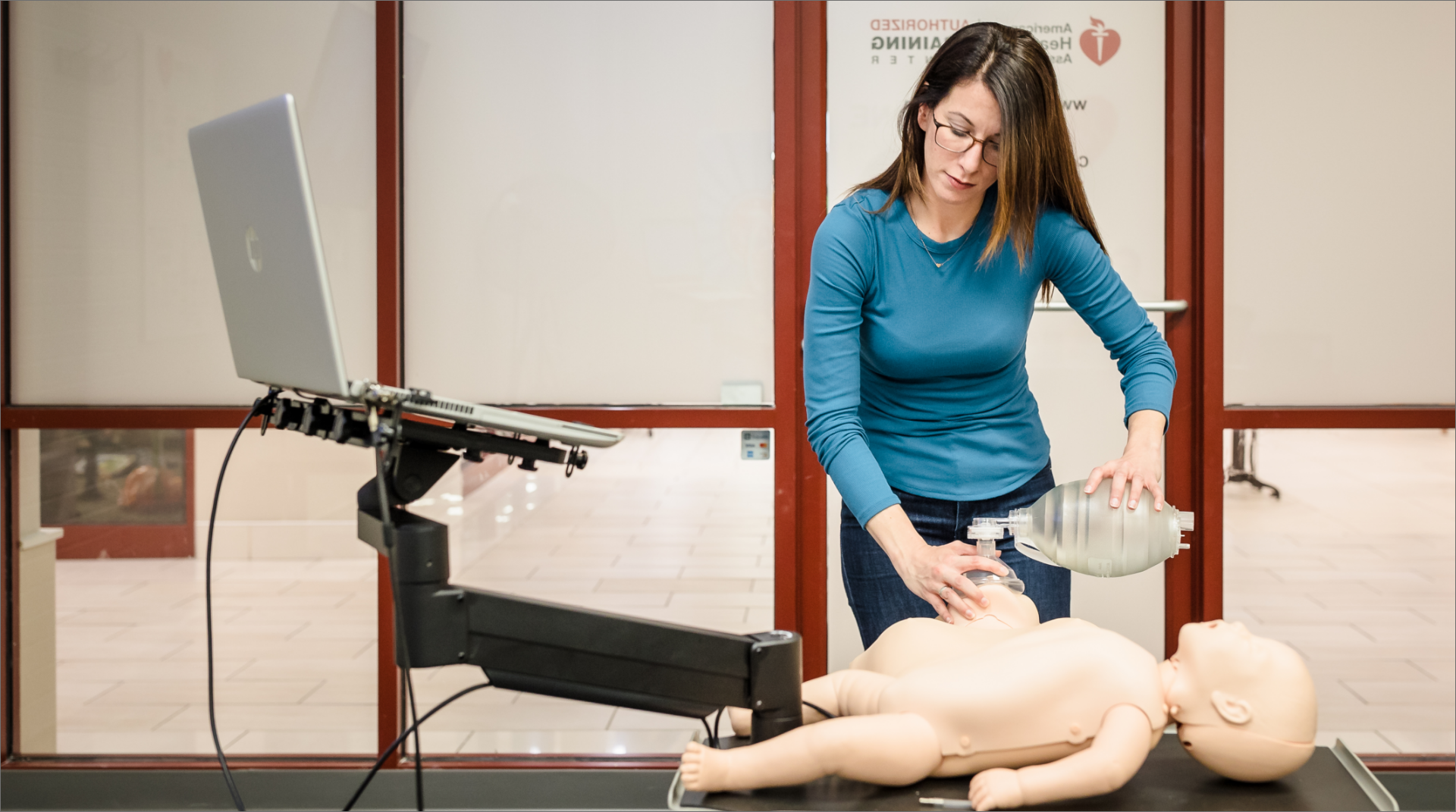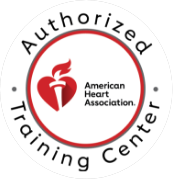

CPR Resource Center
The most comprehensive library of emergency training resources — including videos, articles, downloads, and more.


The most comprehensive library of emergency training resources — including videos, articles, downloads, and more.
Today kicks off National CPR and AED Awareness week in the United States. It is a time that cardiac arrest survivors, emergency personnel, and advocates share knowledge and skills with the general public with the hope that they may improve the odds that a cardiac arrest victim will survive.
The May 29, 2023 NPR article “A ‘natural death’ may be preferable for many to enduring CPR” written by Dr. Clayton Dalton is troubling and discouraging, especially within the context of this week of advocacy.
The author discusses potential complications of receiving CPR including fractured ribs, organ injury, brain injury, and CPR-induced consciousness. While we can absolutely acknowledge these are potential negative effects that can impact a survivor of cardiac arrest, the alternative to not trying is death. A conscious, sentient patient may take time to weigh the pros/cons of a major surgery or chemotherapy. And an experienced medical provider, like the author, may consider the nuances of these when facing these emergencies day to day. But when public knowledge is already so low and bystander reluctance is an ongoing struggle it is ill advised to further encourage bystander hesitation. The fact is, if someone is in cardiac arrest and CPR and defibrillation are not started in a timely manner then the patient is facing almost certain death.
Further, the author’s statement that “as many as half of patients who survive wish they hadn’t received …[CPR], even though they lived” is from a study looking at cardiac arrest in terminally ill patients. The article fails to include the feelings of otherwise healthy cardiac arrest survivors – many of which I have met personally. They are extremely grateful for the actions of bystanders and emergency personnel to be alive and with their families today.
Cardiac arrest requires swift action for treatment to be successful. This means that people need to know what cardiac arrest looks like, how to activate the 911 system, how to begin high-quality CPR, and how to use a public access Automated External Defibrillator (AED).
Recognition of cardiac arrest is not always simple and certainly not as it appears in the movies. Victims rarely clutch their chest and lower themselves to the ground. Many victims stumble or fall – which can cause distracting injuries. For the first couple minutes of cardiac arrest, victims can display gasping breaths, seizures, and involuntary movements. Rapid identification of something being wrong, confirming that they are not responsive and not breathing normally, and activation of the 911 system are key elements here.
CPR is the next step. Hands-only CPR is a perfect approach for bystanders as it does not require mouth to mouth breathing. It is done simply by pushing down two inches with the heel of the hand on the center of the victim’s chest to the beat of your favorite 100 to 120 beat per minute song – like Taylor Swift’s The Man, the BeeGees Stayin Alive, or Baby Shark. It is important to continue chest compressions for as long as possible, stopping only when the AED instructs you, the victim displays an obvious sign of life, EMS or another bystander is able to take over compressions, or, if no one else is available, you’re too tired to continue.
CPR simply circulates blood, which contains a few minutes worth of oxygen, to the brain and vital organs. It does not fix the problem of cardiac arrest. Defibrillation, the third step, is the treatment most likely to restore a normal heartbeat.
Automatic External Defibrillator units can be found in many public places like schools, airports, shopping malls, grocery stores, and fitness centers. Knowing where your nearest AED is located so that it can be rapidly retrieved in an emergency is similar to knowing the nearest fire extinguishers and exits to a building. An AED detects the victim’s heartbeat and only delivers a shock when the victim has particular abnormal heart rhythms.
Using the AED is by design incredibly simple. Open the lid or press the power button, follow the illustrations to apply the two sticky pads to the victim’s bare chest, and follow the voice instructions to stay clear while it detects the patient’s heart rhythm. The AED will only deliver a shock if the victim has an abnormal rhythm that could respond to a shock. If that is the case, it will prompt you to stand clear and push a flashing shock button (some models will even shock automatically) and then resume CPR. After two minutes, the AED will check the heart rhythm again and provide treatment if needed.
If your home or workplace has an AED, ensure that it is checked at least monthly and that it is placed in the most visible and accessible place so that it can be found and used. Consider outdoor AED enclosures – including ones that are locked and accessed through the 911 system – to make devices available 24/7 when buildings are locked.
The point is – yes, there are potential serious complications for receiving CPR. And, yes, people with terminal illness or comorbidities that present real threats to living a comfortable life after CPR should have conversations with their physicians and families about whether they would want to be resuscitated. However, for the vast majority of out-of-hospital cardiac arrest victims that want to have the best chance of survival, bystanders need to be empowered with the knowledge and skills to immediately recognize cardiac arrest and provide care before EMS arrives.
Help Me Find a Course